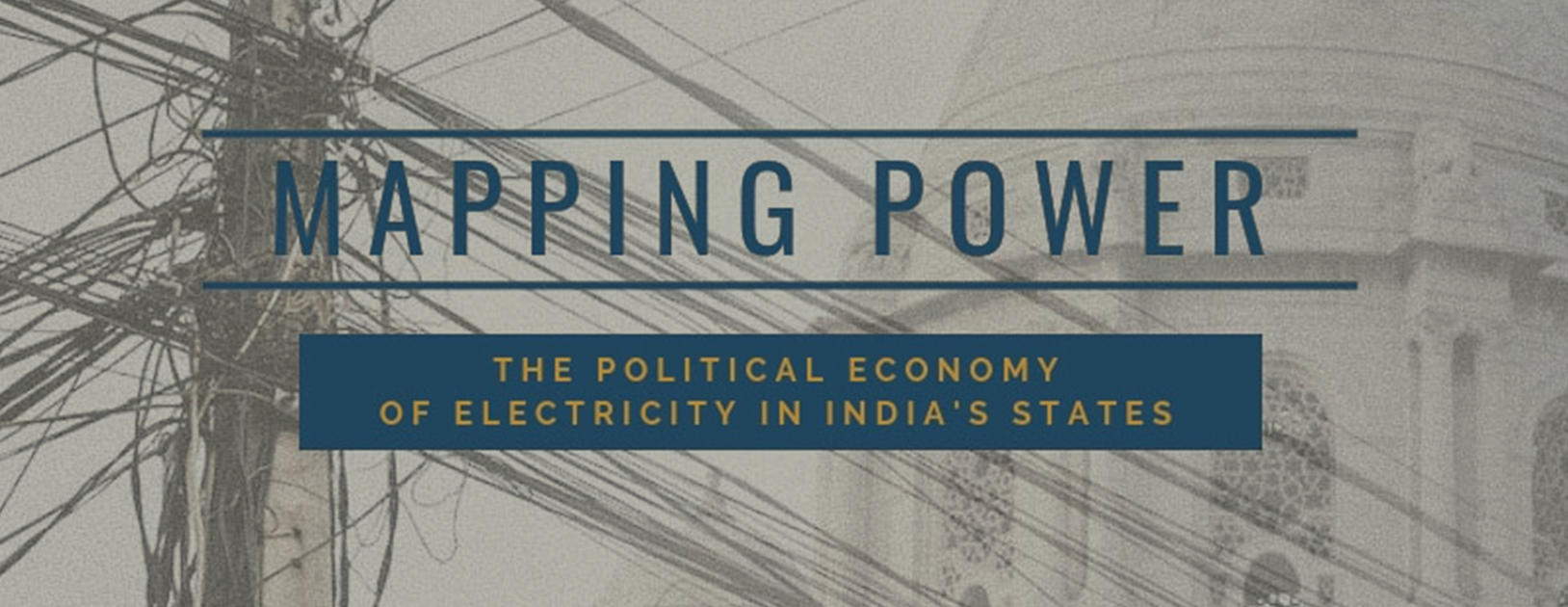The electricity sector in Tamil Nadu has the third highest generating capacity, has achieved near total electrification of all its households, and can boast of the highest capacity for renewable electricity generation among the Indian states. At the same time, in terms of financial performance, Tamil Nadu’s power sector has been among the worst performing three utilities in the country in recent years.
During the fifties and sixties, in spite of having significant expansion of rural electrification and also subsidising the consumption of rural consumers, the utility was able to generate a modest surplus without any subvention from the state government. However, since 1970 -71 it has been incurring losses on account of the subsidised rates for electricity to certain consumer groups, as required by the state government. The state government’s subvention provided to the utility was adequate to compensate for this till 2000 – 01 after which it has been inadequate.
Between 2008 and 2012 severe power shortages were witnessed and the utility was able to meet only two-third of the maximum demand. The industrial sector bore the brunt of this shortage and while Chennai suffered two hour power cuts for a period of time other areas faced 12 to 14 hours of power cut. A higher proportion of the energy sold to the consumers came from power purchased at a higher cost compared to the cost of TNEB’s own generation. For the period 2002-03 to 2014-15 the subvention from the government covered only 29 per cent of the utility’s losses, on an average. The cumulative amount of uncovered losses at the end of 2014-15 was close to Rs. 90,000 crores. TNEB’s debt burden was about 50 per cent of the state’s debt in 2013-14.

Figure 1: Average Cost of Service and Average Revenue Realised (Source: Power Finance Commission Reports).
After the legislation of the Electricity Act in 2003, TNEB was among the last states to unbundle and the unbundling is only cosmetic. The Tamil Nadu Electricity Regulatory Commission (TNERC) was constituted in 1999 but was without a Chairman till 2002. The members and staff of the Commission have mostly been chosen from ex-TNEB employees. The TNERC its first tariff order issued in 2003, directed TNEB to get all consumption metered, including those of agricultural pumps and huts, within three years and to issue new connections only on a metered basis. As of 2017 this has not yet been implemented. Between 2003 and 2010, TNEB did not seek any tariff revisions and did not submit the mandatory Annual Revenue Requirements. The regulatory process is thus subject to ‘state capture’ and the deeply ailing state utility is protected from any effective competition.
The continuously deteriorating financial position of the utility has adversely impacted the cost and the quality of access in the state. In addition, the indiscriminate subsidies have created significant negative externalities by promoting unsustainable use of groundwater and have also eroded the competitiveness of the industrial sector due to the double burden of cross subsidies and power cuts imposed on them.
Why and how did all this come to pass in a sector whose financial performance was good till the seventies, within a state that had good economic and human capabilities? The answer requires an understanding of the evolution of the power sector in Tamil Nadu as institutionalised through the provisions in India’s Constitution, its Directive Principles for State Policy and relevant legislations, and as shaped by state level political economy aspects relating to its governance. In particular, the interplay between group interests, political aspirations, technological factors, and the nature of control afforded to the state government over this sector have influenced, and in turn have been influenced by the performance outcomes in this sector.
The problems started in the sixties when the green revolution happened. The increased risks and unequal economic impact of green revolution on the farming community gave rise to a well organised peasant movement that managed to avail a lot of concessions from the state governments. Subsequently, the sector became a means to gain political popularity and financial rents at the same time, by subsidising consumers in an indiscriminate manner, while the utility went deeper and deeper in the red. There is a path dependency in this process that seems to be difficult to escape. Having gone down this path, both vested interests and competitive politics constrain the political will to reverse the trend and the sector seems to be caught in a subsidy trap.
Hema Ramakrishnan is a faculty Member at the Madras School of Economics. This research is based on work presented in full in the book Mapping Power, edited by Navroz K Dubash, Sunila S Kale, and Ranjit Bharvirkar.
Op-Eds in the Mapping Power Series:
- Reform is All About Getting the Politics Right
- How to Reform Uttar Pradesh’s Troubled Power Sector
- Consumers Upfront in Tale of Two Reforms in Andhra
- Taking Two Steps Forward, One Step Back
- Karnataka’s Power Politics
- AAP and the Politics of Power in Delhi
- New Trends Demand New Strategies in Maharashtra
- The Story Behind Uttarakhand’s A+ Performing Discom
- Electricity Distribution in Gujarat: A Sustainable Energy Future Roadmap?
- Small Gains Behind Mounting Losses in Jharkhand
- Power Politics at Play
More details about the Mapping Power Project can be accessed here.


